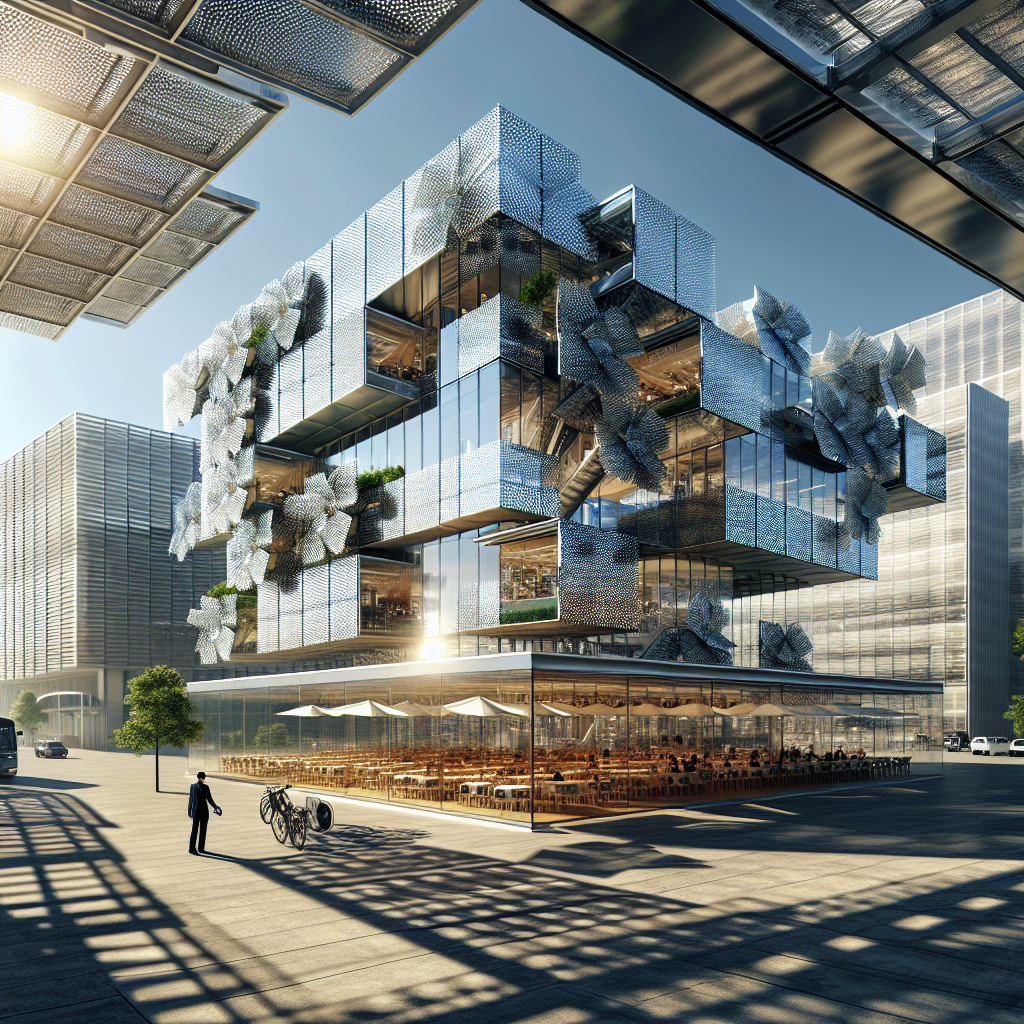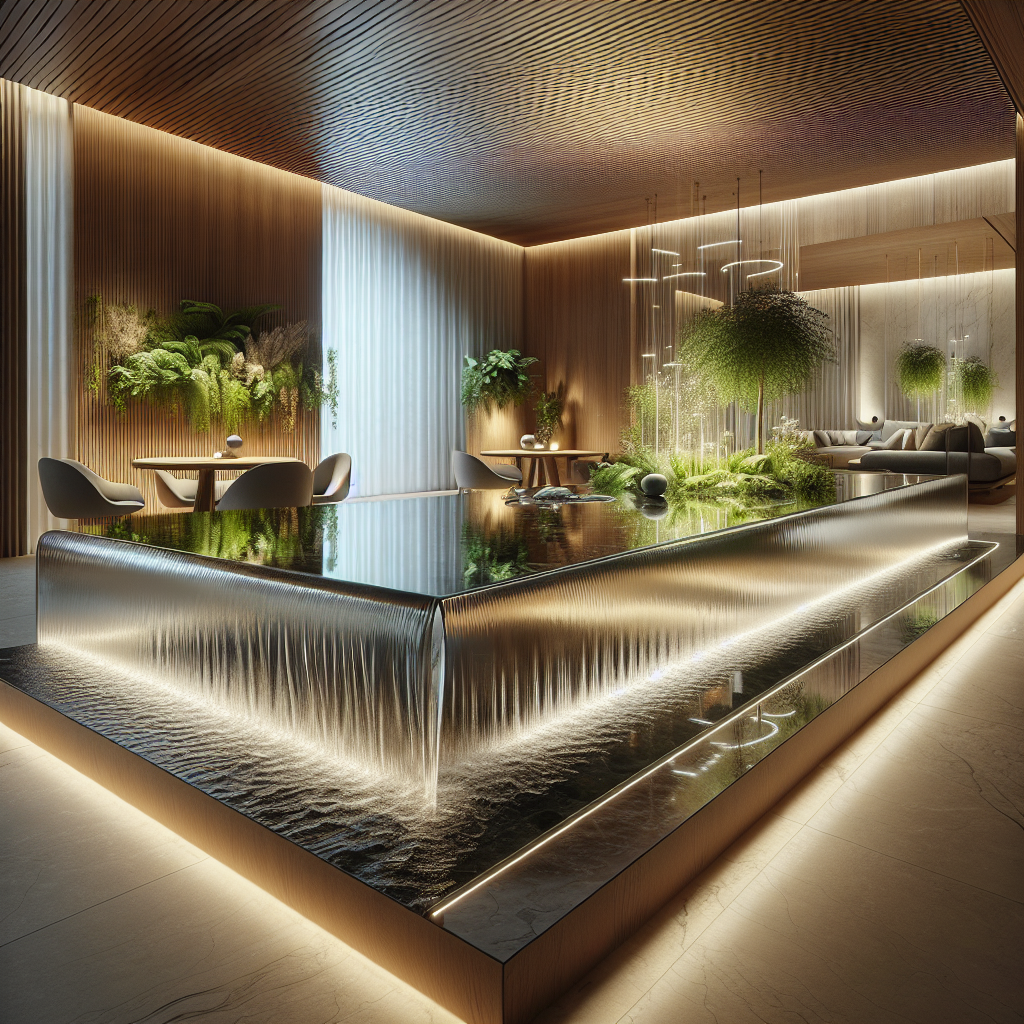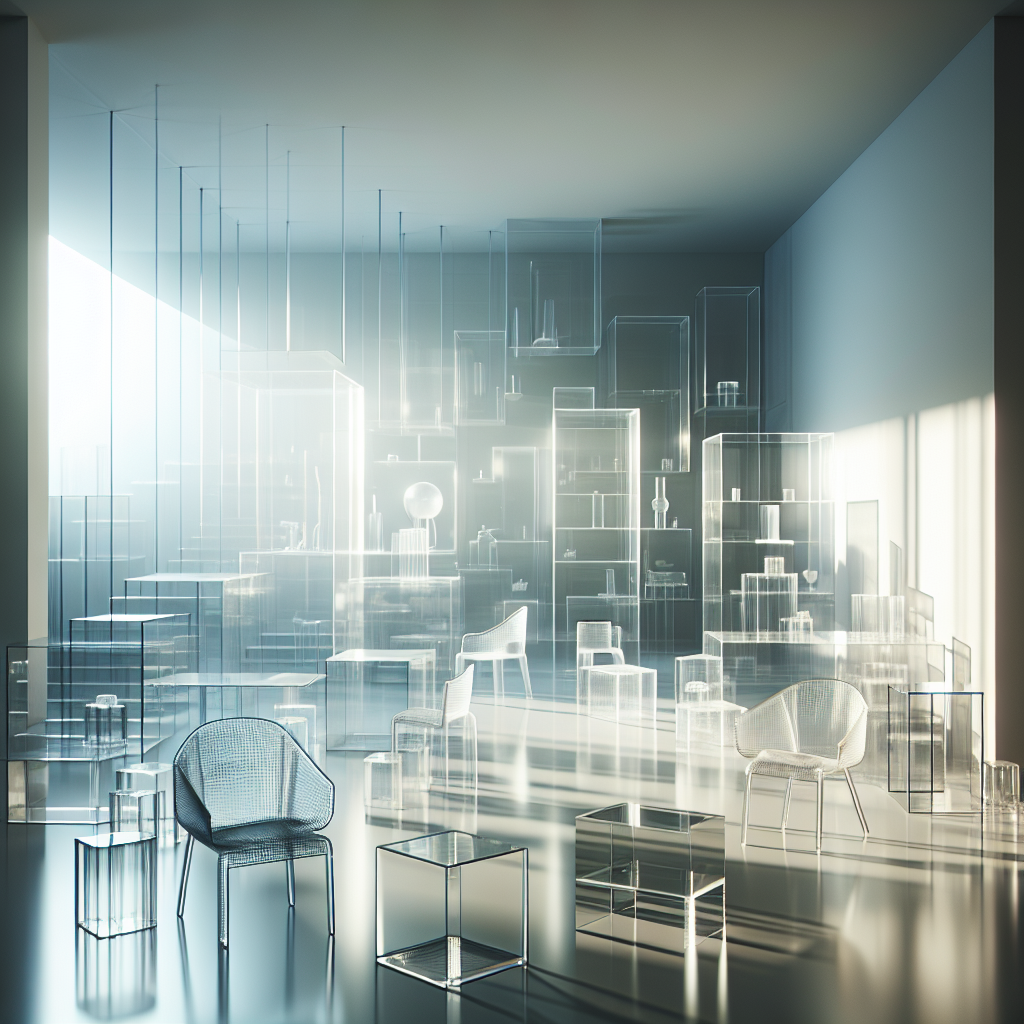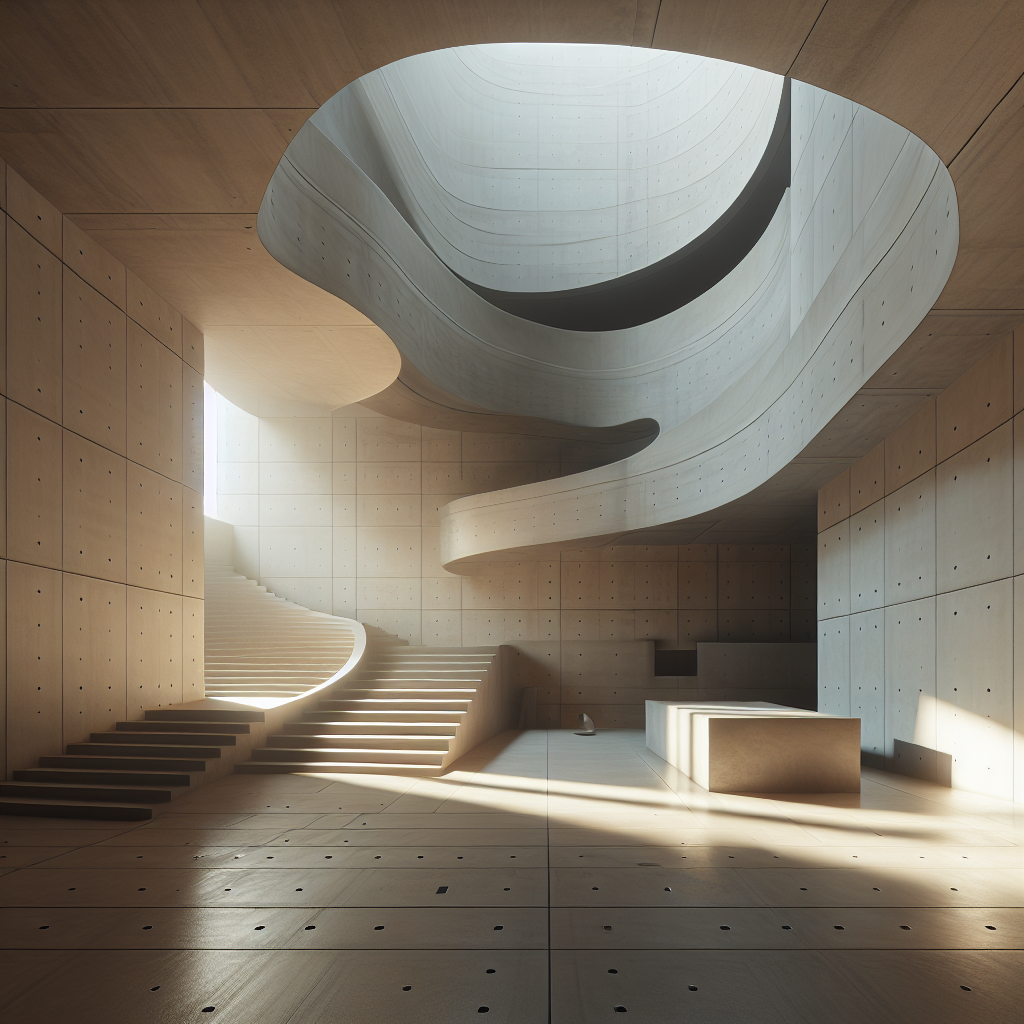Kinetic Facades: The Intersection of Architecture and Movement
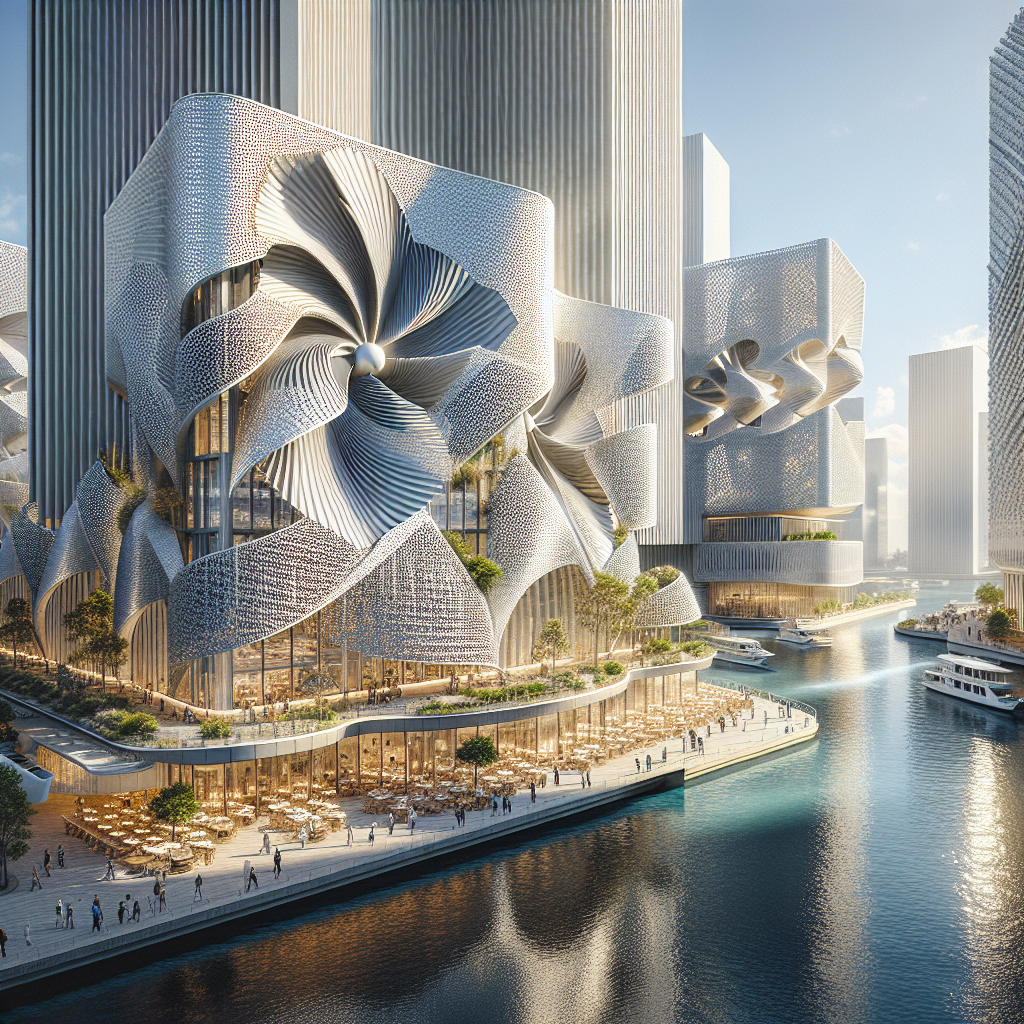
Kinetic Facades: Revolutionizing Architecture with Dynamic Movement
Architecture is not just about static structures and timeless forms; it’s an ever-evolving art that breathes life into the built environment. One of the most captivating trends in contemporary architecture is the integration of kinetic facades, a synergy of design, technology, and movement that transforms buildings into living entities. These dynamic exteriors respond to environmental conditions, engage with the public, and redefine the aesthetics of urban landscapes.
At the heart of this revolution lies the concept of responsive architecture. Kinetic facades are not merely decorative; they are intelligent systems designed to adapt to changing climates, optimize energy efficiency, and enhance the comfort of building occupants. The facade’s moving elements, whether they are flaps, shutters, or entire panels, are often powered by sustainable energy sources, making them not only visually striking but also environmentally conscious.
The Mechanics Behind the Movement
The intricacies of kinetic facades lie in their engineering. Architects and designers collaborate with engineers to create mechanisms that can withstand the rigors of constant motion while maintaining structural integrity. The use of lightweight materials, advanced sensors, and automation technology is crucial in the development of these dynamic systems. For instance, the Al Bahr Towers in Abu Dhabi feature a responsive facade that adjusts to the sun’s movement, reducing heat gain and glare.
Moreover, the integration of digital fabrication techniques, such as 3D printing and computer numerical control (CNC) milling, has allowed for the creation of complex, bespoke components that are essential for the unique geometries often found in kinetic facades. This level of customization is not only aesthetically pleasing but also pushes the boundaries of architectural design.
Interactivity and User Experience
Kinetic facades are not just about the building’s interaction with its environment; they also offer a new level of interactivity with the people who use and pass by them. These facades can create an immersive experience, as seen in the Køge Nord Station in Denmark, where the facade’s movement is a spectacle that captivates and engages the public. The design invites onlookers to contemplate the relationship between form and function, art and utility.
Furthermore, kinetic facades can serve as a medium for environmental storytelling. They can communicate a building’s purpose, reflect the brand’s identity, or convey a message about sustainability. By incorporating interactive elements, designers can create a dialogue between the structure and its audience, fostering a deeper connection and a memorable experience.
Challenges and Considerations
While kinetic facades offer numerous benefits, they also present unique challenges. The complexity of moving parts requires meticulous maintenance to ensure longevity and performance. Additionally, the initial cost of implementing such sophisticated systems can be a barrier for some projects. Nevertheless, the long-term energy savings and the potential for creating iconic landmarks often justify the investment.
Another consideration is the acoustic impact of the moving elements. Designers must carefully assess the noise generated by the facade’s movement to avoid creating a disturbance. This is where the expertise of acoustic engineers comes into play, ensuring that the kinetic facade enhances rather than detracts from the urban soundscape.
Iconic Examples of Kinetic Architecture
Some of the most iconic examples of kinetic facades have become landmarks in their own right. The One Ocean Pavilion in Yeosu, South Korea, features a facade composed of thousands of moving discs that mimic the appearance of water shimmering in the sunlight. This mesmerizing effect not only captures the essence of the ocean but also demonstrates the potential of kinetic facades to create powerful visual narratives.
Another remarkable example is the Ducasse sur Seine floating restaurant in Paris, which boasts a facade that opens and closes like the petals of a flower, providing diners with an ever-changing view of the Seine River and the city’s iconic landmarks. This design not only offers a unique dining experience but also exemplifies the harmonious blend of functionality and beauty that kinetic facades can achieve.
The Future of Kinetic Facades
The future of kinetic facades is boundless, with possibilities extending into the realms of smart cities and interactive public art. As technology advances, we can expect to see more buildings that not only adapt to their environment but also contribute to the well-being of their inhabitants and the sustainability of their cities.
Designers and architects continue to explore the potential of kinetic facades, pushing the limits of what can be achieved. The fusion of art, science, and technology in these dynamic structures is a testament to the innovative spirit of contemporary architecture. As we look to the future, kinetic facades will undoubtedly play a pivotal role in shaping the skylines of tomorrow and the way we interact with the built environment.
Embracing the dynamic interplay between architecture and movement, kinetic facades stand as a testament to the transformative power of design. They challenge the conventional notion of buildings as static entities and open up a world where structures can respond, adapt, and communicate. This is the intersection of architecture and movement, a realm where innovation knows no bounds and the possibilities are as limitless as the imagination of those who dare to dream.

